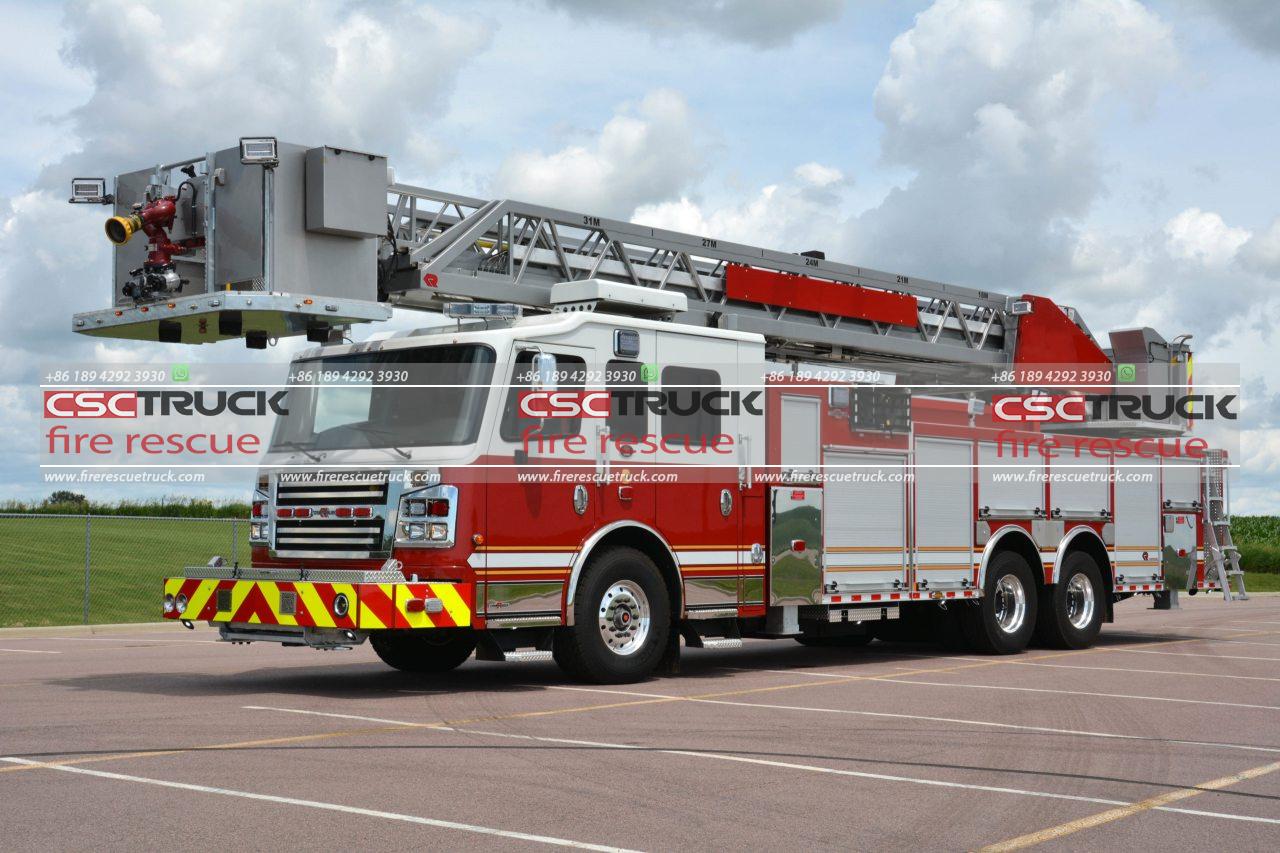In the intricate world of firefighting, every tool and vehicle serves a specific purpose in ensuring the safety of both firefighters and civilians. Among the specialized apparatus that form the backbone of modern fire departments is the air/light support fire truck. While its name may not resonate as loudly as traditional fire engines, its significance in enhancing operational efficiency and safety cannot be overstated.
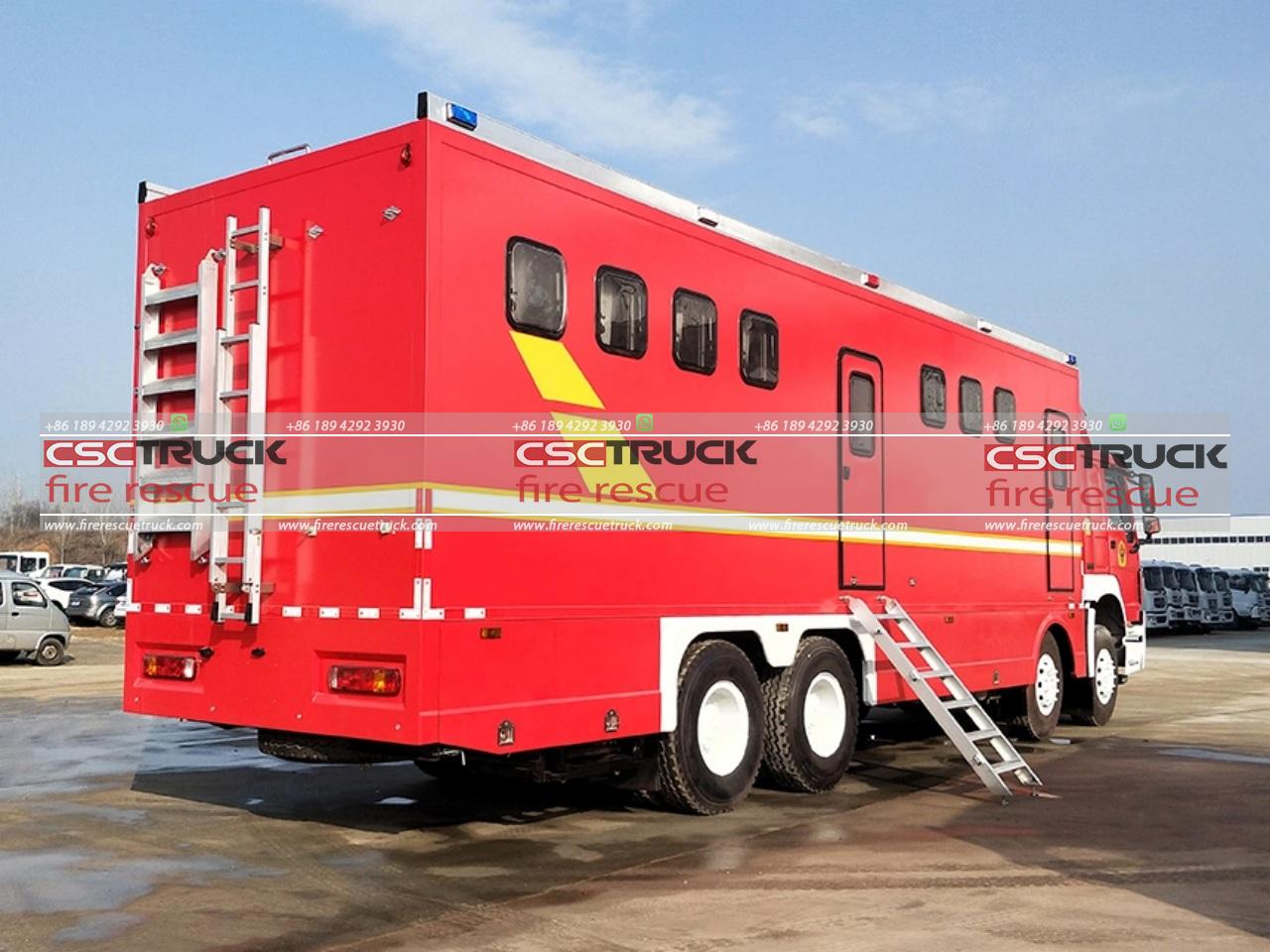
Introduction to Air/Light Support Fire Trucks:
An air/light support fire truck, often referred to simply as an air fire truck, is a multifunctional vehicle designed to provide crucial assistance to firefighting operations beyond the capabilities of standard fire engines. Its primary functions revolve around providing supplemental resources such as compressed air, lighting, and equipment support to frontline firefighters during emergencies.
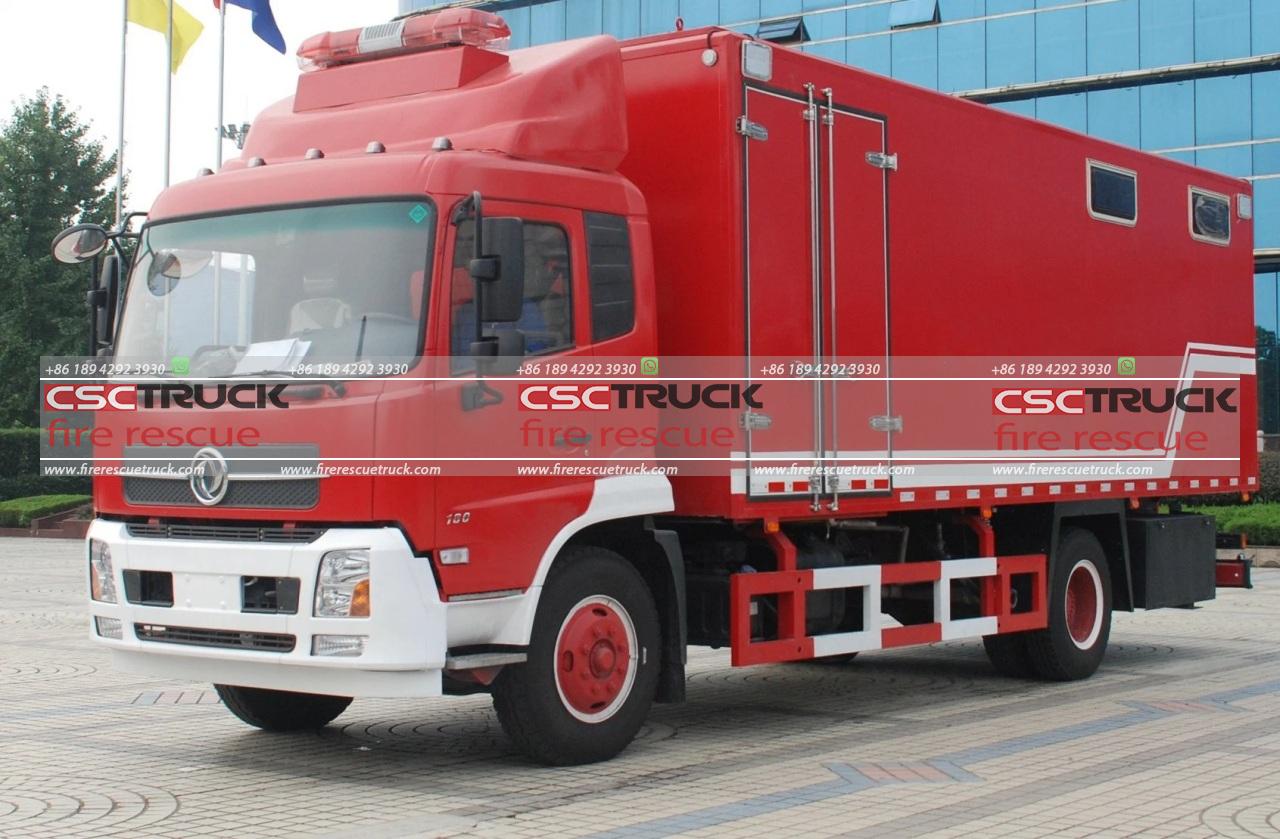
Capabilities and Features:
1. Compressed Air Supply:
One of the most critical features of an air/light support fire truck is its ability to supply compressed air to firefighters working at the scene. This compressed air is utilized to power pneumatic tools, including hydraulic rescue equipment like the Jaws of Life, which are essential for extricating victims from vehicles involved in accidents or collapsed structures. The availability of compressed air can expedite rescue efforts significantly, especially in situations where time is of the essence.
2. Lighting Systems:
In emergencies, visibility is often compromised due to factors such as smoke, darkness, or adverse weather conditions. Air/light support fire trucks are equipped with powerful lighting systems that illuminate the scene, allowing firefighters to navigate and conduct operations safely and effectively, even in the darkest of environments. These lighting systems often include a combination of floodlights, spotlights, and adjustable mast-mounted lights, providing versatile illumination options tailored to the specific requirements of each incident.
3. Equipment Storage and Organization:
Efficient organization and quick access to firefighting equipment are paramount during emergency response operations. Air/light support fire trucks are equipped with ample storage compartments and racks designed to securely stow a wide range of tools and supplies, including hoses, nozzles, ventilation equipment, and medical kits. The strategic placement of these storage compartments ensures that essential equipment is readily available to firefighters when needed, streamlining operational workflows and minimizing response times.
4. Auxiliary Power Sources:
During prolonged emergency incidents or in remote locations where access to external power sources may be limited, air/light support fire trucks serve as mobile power hubs, equipped with onboard generators or power take-off (PTO) systems. These auxiliary power sources can supply electricity to operate equipment, recharge portable devices, or even provide temporary power to nearby facilities, enhancing the overall resilience and self-sufficiency of the firefighting operation.
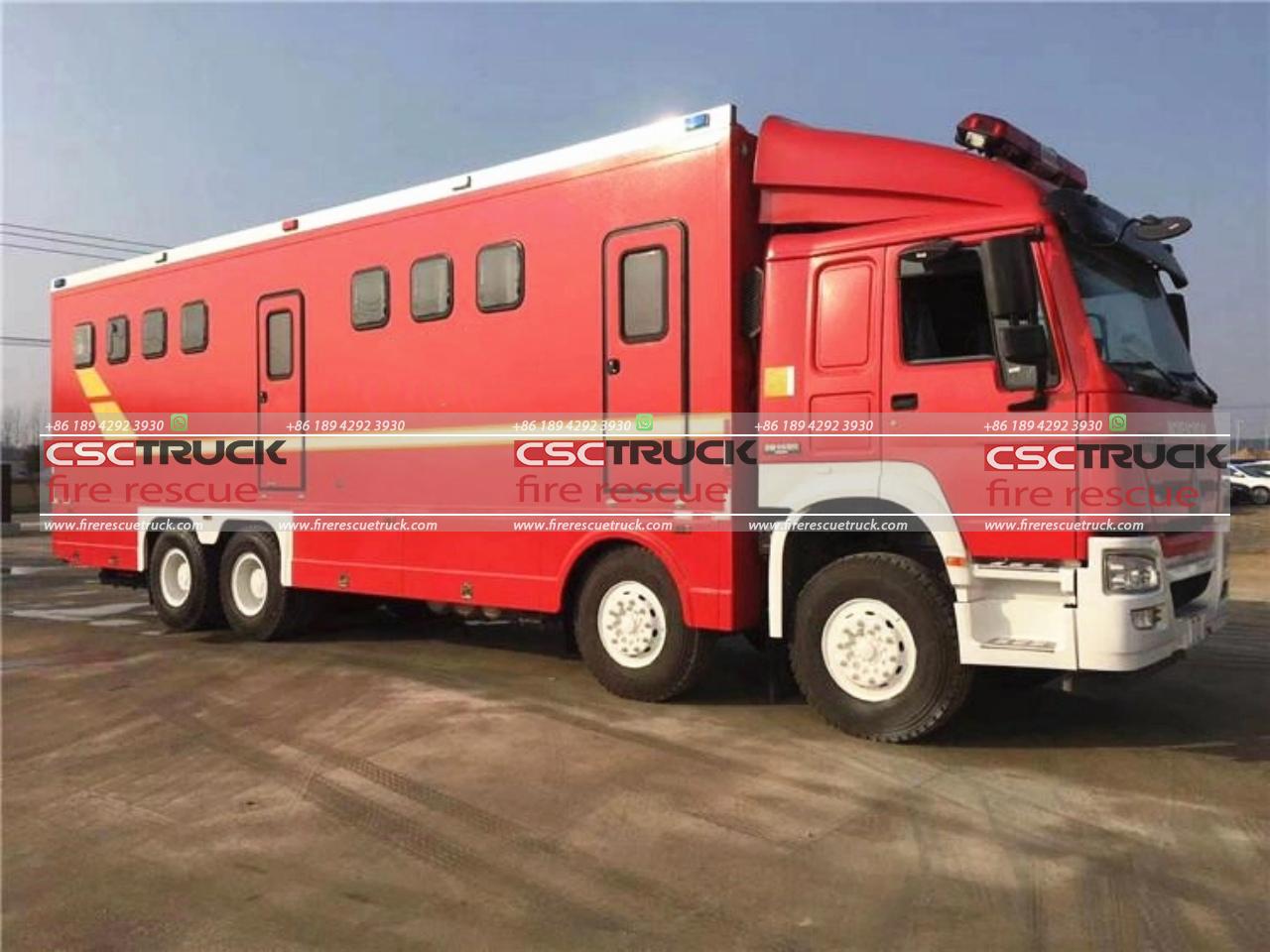
Applications and Deployment:
Air/light support fire trucks play a versatile role in a wide range of emergency scenarios, including structural fires, vehicle accidents, technical rescues, hazardous material incidents, and urban search and rescue operations. Their mobility and adaptability make them invaluable assets for both urban and rural firefighting agencies, capable of providing critical support in diverse environments and situations.
Urban Environments:
In densely populated urban areas characterized by high-rise buildings, narrow streets, and complex infrastructure, air/light support fire trucks excel in overcoming logistical challenges and augmenting the capabilities of traditional fire engines. Their compact size and maneuverability allow them to navigate tight spaces and access areas inaccessible to larger apparatus, ensuring that firefighters have the necessary resources at their disposal to combat fires and perform rescue operations effectively.
Wildland and Rural Settings:
In rural and wildland firefighting scenarios, air/light support fire trucks serve as essential tools for establishing temporary command posts, staging areas, and mobile fire suppression units. Equipped with off-road capabilities and rugged construction, these vehicles can traverse rough terrain and provide vital support to ground crews battling wildfires, including supplying water, deploying hose lines, and coordinating firefighting efforts in remote locations where traditional infrastructure may be scarce.
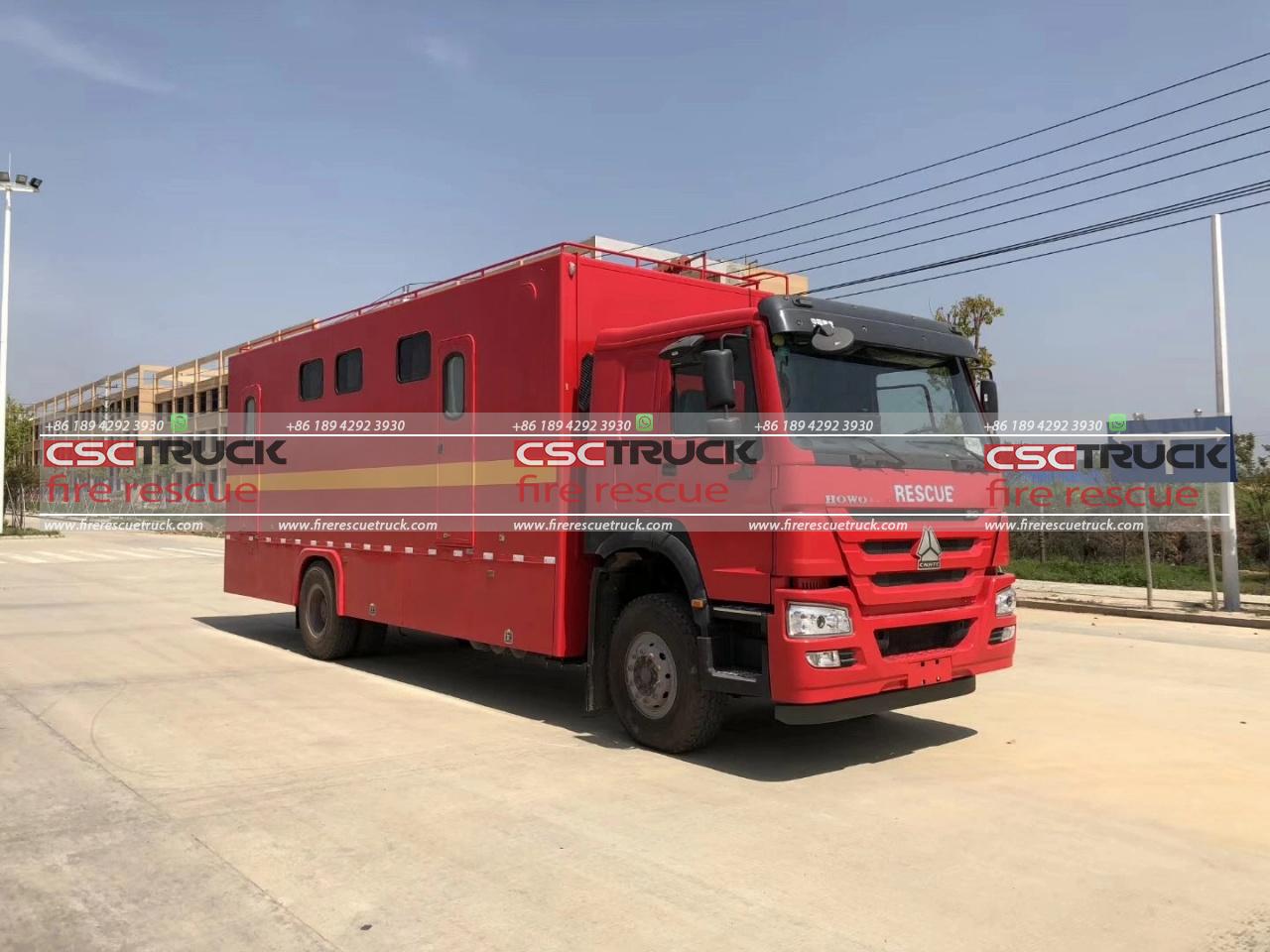
Conclusion:
In the dynamic and demanding field of firefighting, air/light support fire trucks embody the spirit of innovation and adaptability, serving as versatile assets that enhance operational effectiveness and safety. From supplying compressed air for rescue operations to illuminating the darkest of scenes and providing essential equipment support, these specialized vehicles play a vital role in modern firefighting practices. As the evolving landscape of emergency response continues to present new challenges, the importance of air/light support fire trucks in bolstering the capabilities of fire departments worldwide remains unquestionable, ensuring that firefighters are equipped with the tools they need to save lives and protect communities.





